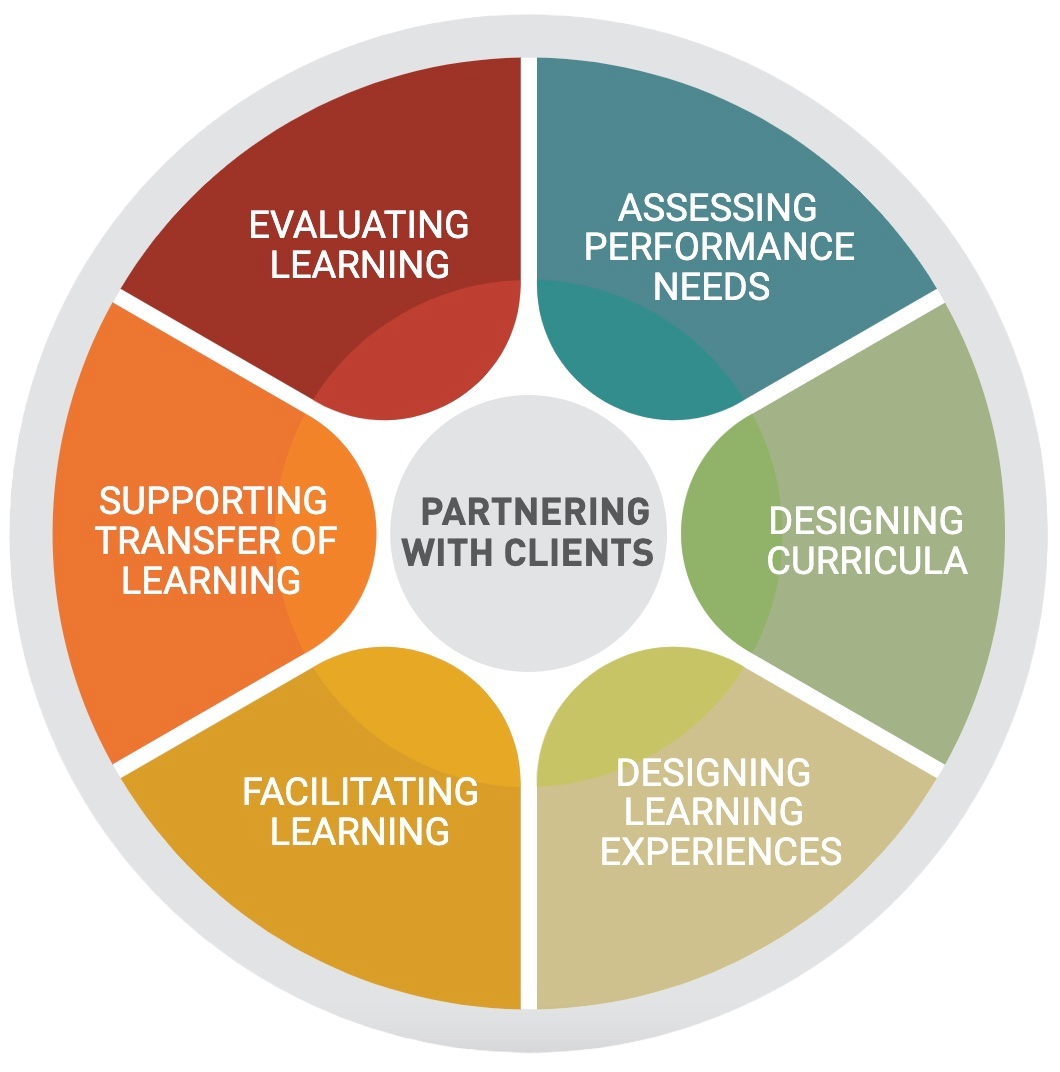Setting a Course for Success
Does this story sound familiar? “Acme Company” determined that it wants to be known for having the best customer service. It implements new policies to encourage better customer service. It launches an internal campaign to boost employees’ awareness of the goal.
Halfway through the year, Bob, the Accounting Manager, is frustrated with the number of complaints his department has received about the processing speed for invoices and refunds. He decides that staff do not know how to manage their time properly, so he hires T1 Training Company to conduct a time management course for all accounting staff. 
At year-end, the customer service score improved only slightly for the Accounting Department. What went wrong? Many things! This month, we focus on three mistakes that T1, like so many training providers, made during the Assess Needs phase when training professionals identify the gaps and determine the best training solution:
- Forgetting to align training with business needs: Like many organizations, Fred focused on providing training that addressed some momentarily critical issue but did not consider how the program aligned with Acme’s performance and business needs. Since other department leads did the same thing, at year’s end, ACME’s training had covered a wide range of topics but did not actually help the organization progress. To avoid this, make sure you can show the alignment of any proposed training to the organization’s performance needs and business goals. Aligning offerings increases the likelihood that training will be considered worthwhile.
- Using only one data point: T1 took Fred at his word that the problem was time management, without talking to employees or customers. Had T1 dug deeper by interviewing various stakeholders, it might have been discovered that the fulfillment speed was a symptom of a larger issue. Just as a cough can be a symptom of the common cold, COVID, or cancer, it is important to diagnose performance problems thoroughly before prescribing a treatment. Failure to do so can result in training that does not solve any problems and wastes valuable resources. Remember to ask “Why is this happening?” types of questions to various stakeholder groups so that you have a 360o view of the problem before you recommend a solution.
- Avoiding the uncomfortable discussion: T1, and Fred, did not discuss the desired outcomes for the training. Would Acme consider training successful if processing speed improved? What if speed improved but customer satisfaction scores did not? Without knowing how Acme would evaluate the training, it was hard for T1 to know what to include in the course. Clients and consultants often procrastinate this discussion because most clients do not know how to quantify “good training.” The problem with waiting until the end to determine success is that it makes the development process like throwing darts while wearing a blindfold: You might get lucky and hit the target, but chances are greater that you will miss the mark. Set yourself up for success by determining evaluation criteria from the start, then build programs that meet those criteria.
What other common mistakes do you think T1 made during the Assess Performance Needs phase? Add your answers in the Comments section to keep this conversation going!





